Disclosure: This article contains affiliate links. We may earn a commission from purchases at no extra cost to you, which helps our travel content.
There's something about crossing bridges that feels symbolic—a physical manifestation of transition, of moving between worlds. Budapest, with its nine spans stretching across the mighty Danube, understands this poetry better than most cities. I discovered this last spring while adding the Budapest Marathon to my running passport, but what was meant to be a quick race-and-return transformed into a week-long love affair with a city that breathes history through every cobblestone. Unlike the glossy tourist centers that sometimes feel like historical theme parks, Budapest wears its complex past like a well-loved record sleeve—slightly worn at the edges, but containing something authentic and soul-stirring within. Whether you're wandering hand-in-hand through forgotten monastery corridors or digging through dusty vinyl crates in ruin bars, this city reveals itself in layers, much like the meditation practices I learned from those Thai monks years ago. Patience reveals depth. And Budapest, my friends, runs deeper than most.
Day 1-2: Buda's Ancient Heartbeat
The first rule of marathon running also applies to travel: start with proper pacing. Budapest demands this respect. Rather than racing through a checklist of must-sees, I recommend beginning where the city itself began—on the hilly Buda side, where limestone caves once sheltered the earliest inhabitants before castles claimed the heights.
My partner and I started our journey at Buda Castle, arriving just as the morning light was painting the limestone walls gold. Pro move: beat the tour buses by arriving before 9 AM, when you can practically hear the whispers of Habsburg royalty in empty corridors. The Budapest History Museum within the castle complex offers the perfect chronological foundation for understanding everything else you'll see this week.
But the true spiritual heart of Buda lies a short walk away at Matthias Church. Its diamond-patterned roof tiles glitter like an Ottoman dream, a reminder of the many empires that have claimed this hill. Inside, skip the obvious central nave where tourists cluster with their phones aloft, and instead seek out the small chapel to the left where locals come to pray. Sitting in silence here, watching candlelight flicker against medieval stones, I was transported to monasteries in Thailand where I first learned that stillness can be as profound as movement.
End your second day with the sunset pilgrimage to Fisherman's Bastion. Yes, it's popular, but time your visit for the golden hour when the day-trippers have departed. The panorama of Pest sprawling across the opposite bank, Parliament's gothic spires reflected in the Danube, becomes a meditation on urban beauty that's worth every photograph.

💡 Pro Tips
- Purchase the Budapest Card for free public transit and museum discounts—it pays for itself if you visit more than three attractions
- Wear proper footwear for Buda's hills and cobblestones—your marathon-trained feet will thank you
- The Castle District cafes are tourist traps; instead, pack a picnic with supplies from the Great Market Hall for half the price
Day 3: Vinyl Treasures in Jewish Quarter
While Budapest's grand monuments speak of imperial ambitions, I've always believed that a city's true heartbeat is found in its record shops. The Jewish Quarter—once a ghetto during WWII's darkest days—has transformed into Budapest's most vibrant neighborhood, where history and hipster culture create a fascinating dialogue.
Start at Rumbach Street Synagogue, less visited than the grand Dohány Street Synagogue but architecturally stunning with its Moorish revival style. The building itself is a record of resilience—damaged during fascist rule, neglected during communism, and now lovingly restored. The small exhibition inside documents the neighborhood's transformation from tragedy to cultural renaissance.
For lunch, bypass the obvious ruin bar Szimpla Kert (though worth a visit later) and instead head to Gettó Rooster, where Jewish-Hungarian fusion dishes honor the neighborhood's heritage without the tourist markup. Their chicken paprikash with matzo dumplings redefines comfort food.
Now for the vinyl hunt! Budapest's record scene rivals Berlin's but at half the price. Wave Records became my afternoon sanctuary, where I spent hours flipping through bins of Hungarian folk, communist-era prog rock, and jazz recordings banned during the Soviet years. The owner, Tamás, seeing my interest in spiritual music, pulled out a rare recording of Tibetan-inspired Hungarian chants that now holds pride of place in my collection. For serious collectors, bring your record sleeve protectors because these shops often have rare finds without proper protection.
End the day at Telep, a gallery-bar hybrid where local DJs spin vinyl-only sets. Order the homemade pálinka (fruit brandy) and settle in for conversations with locals who carry this neighborhood's complex history in their family stories.

💡 Pro Tips
- Learn basic Hungarian phrases for record shopping—'Mennyibe kerül?' (How much is it?) will earn you respect from shop owners
- Many Jewish Quarter buildings have interior courtyards not visible from the street—always peek through open doorways
- Bring cash for the smaller record shops as many don't accept cards
Day 4: Parliament & Communist Legacy
No historical journey through Budapest is complete without confronting its 20th-century scars. The morning of our fourth day began with the obligatory—yet genuinely awe-inspiring—tour of the Hungarian Parliament Building. Book your tickets online weeks in advance (I'm serious about this) using a reliable travel planner app to keep your reservations organized.
The Neo-Gothic parliament building is a masterclass in imperial ambition, but what struck me most was how our guide carefully navigated Hungary's complex political history—from Habsburg glory to fascist collaboration to Soviet domination to today's contentious democracy. Listen between the lines; the narrative reveals as much about present tensions as past events.
After lunch, take tram #2 (arguably the most scenic public transit route in Europe) along the Danube to visit Memento Park. This open-air museum houses the communist-era statues removed after 1989—massive socialist-realist figures now stripped of power but preserved as warnings. Standing beneath these towering ideological relics, I couldn't help but think of the marathon route I'd run days earlier, passing sites where tanks once crushed the 1956 uprising.
End this day of heavy history with something uplifting—the sunset river cruise along the Danube. Skip the overpriced tourist boats with mediocre dinner service. Instead, do as budget-conscious locals do and hop on the public BKK ferry for a fraction of the price. The 7 PM departure from Batthyány tér gives you the perfect golden-hour light on both banks, with Parliament and the Chain Bridge illuminated in amber against the darkening sky. Bring a small bottle of Hungarian wine (I recommend Juhfark, a volcanic white) and toast to resilience.

💡 Pro Tips
- Parliament tours sell out weeks in advance—book the earliest morning slot for smaller crowds
- Memento Park is remote—take bus 101 or 150 from Kelenföld station rather than expensive taxis
- BKK public ferries run March through October and cost just 750 HUF—a fraction of tourist cruises
Day 5: Thermal Bath Culture & Hidden Monasteries
By day five of our journey, my marathon-trained body was craving restoration. Budapest sits on a network of thermal springs that have attracted bathers since Roman times, creating a unique spa culture that bridges recreational and spiritual practices.
Skip the Instagram-famous Széchenyi Baths (beautiful but overcrowded) and instead head to Lukács Baths, where actual Budapestians go for healing. The complex looks unassuming from outside—almost Soviet in its utilitarian architecture—but inside holds centuries of thermal wisdom. The walls display before-and-after testimonials and crutches left behind by those allegedly healed by these mineral-rich waters.
I spent hours moving between pools of varying temperatures, practicing the slow-breathing techniques learned from monastery visits in Thailand. The 40°C medicinal pool, rich in calcium and magnesium, seemed to dissolve the tension from my runner's legs. For those with chronic inflammation issues, bring your waterproof fitness tracker to monitor your heart rate during thermal immersion—the contrast between hot and cold plunges creates fascinating cardiovascular responses.
After lunch, visit the rarely-explored Pálos Monastery ruins hidden in the Buda hills. Take Bus 21 to Szépjuhászné and follow the hiking trail marked with blue crosses. These ruins of Hungary's only native monastic order feel worlds away from tourist Budapest. I spent an hour sitting among the stone foundations, contemplating how these monks once sought the same balance between body and spirit that I find through running.
End the day with dinner at Gettó Rooster in the Jewish Quarter, where traditional Hungarian dishes get modern, lighter interpretations. Their seasonal vegetable főzelék (stew) with fresh herbs honors the monastic tradition of simple, nourishing food.
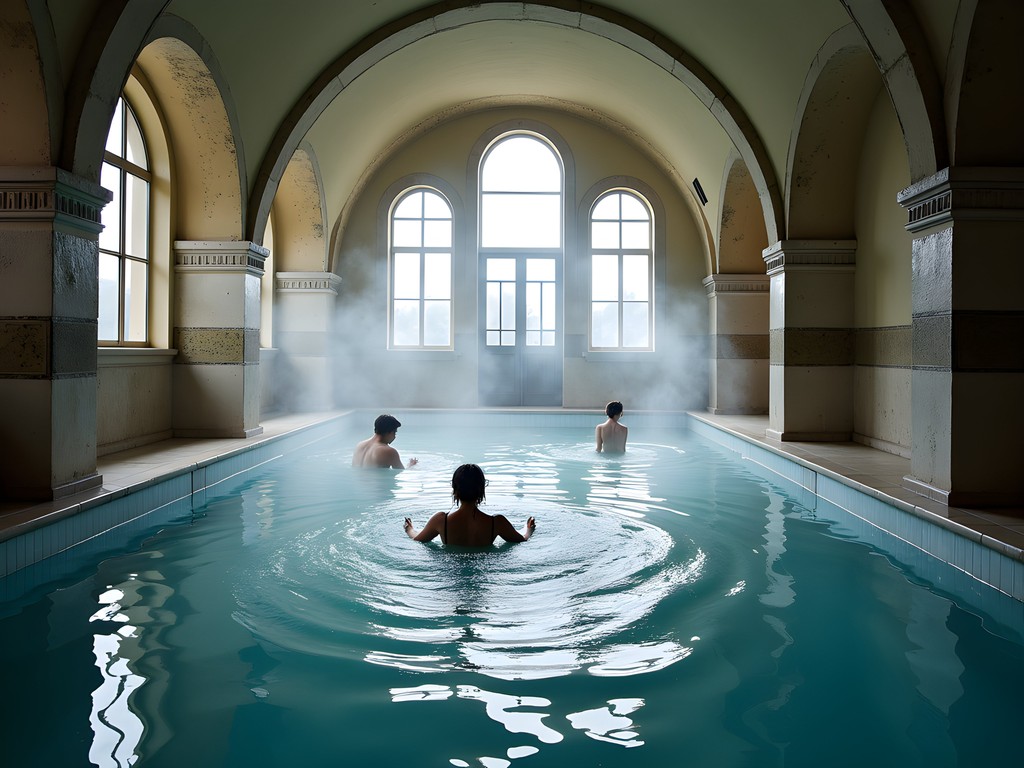
💡 Pro Tips
- Visit thermal baths with a small drawstring bag for valuables—the locker systems can be confusing
- Bring flip-flops and a quick-dry towel to save on rental fees at the baths
- Purchase thermal bath tickets online to avoid queues and sometimes get discounts
Day 6: Market Halls & Mall Culture
My fascination with commercial spaces as cultural barometers led me to dedicate our sixth day to exploring how Budapestians have bought and sold goods across centuries. The Great Market Hall (Nagycsarnok) opens at 6 AM when local seniors arrive for the freshest produce. Join them for an authentic glimpse of Hungarian food culture before tourists arrive. The building itself—a neo-Gothic iron structure from 1897—tells the story of Budapest's golden age when it rivaled Vienna and Paris.
The upper floor food stalls serve lángos (fried dough with sour cream and cheese) that fuels my marathon training runs, but venture beyond this tourist favorite. Look for stalls selling körözött (paprika cheese spread) on fresh bread—the ultimate runner's recovery snack combining protein and carbs.
From traditional markets to communist-era consumer culture, head next to the Skala Metro department store. This preserved relic of socialist retail rarely appears in guidebooks but offers fascinating insight into how Hungarians shopped during the Soviet era. The faded glory of its once-modern design speaks volumes about planned economies and material scarcity.
For contrast, visit the stunningly renovated Párisi Udvar, a Art Nouveau shopping arcade that's been restored to its pre-war glamour. The ornate Moorish-Byzantine-Gothic fusion architecture feels like stepping into a fever dream of Habsburg excess.
End this commercial exploration at Müszi, a community art space and market housed in a former department store. Here, young Hungarian designers and artists create sustainable alternatives to mass consumption. I found a hand-printed running shirt made from reclaimed textiles that's now my favorite marathon training gear. For documenting these visually rich spaces, I rely on my compact travel camera which handles indoor lighting challenges while remaining unobtrusive in market settings.

💡 Pro Tips
- Visit Great Market Hall before 9 AM on weekdays to shop alongside locals rather than tourists
- Bring a reusable shopping bag for market purchases—plastic bags cost extra
- Look for 'termelői' signs at market stalls indicating small-farm producers with higher quality goods
Day 7: Margaret Island & Runner's Farewell
For our final day, I couldn't resist returning to my first love—running. Margaret Island (Margitsziget) sits like a green jewel in the middle of the Danube, connected to both Buda and Pest by bridges—a perfect metaphor for this divided yet united city. The island's 5.3 km rubberized running track that circles its perimeter has been called the world's most beautiful urban running path, and I'm inclined to agree.
Arrive early to join local runners circling the island as morning mist rises from the Danube. I started my run at the ruins of the 13th-century Dominican monastery where Princess Margaret (the island's namesake) lived as a nun. Running past these sacred stones at dawn, watching the sun illuminate centuries of devotion, creates a powerful connection between physical exertion and spiritual contemplation—that same connection I first discovered with those Thai monks years ago.
The island contains Budapest in miniature—medieval ruins, Art Nouveau water towers, Soviet-era sports facilities, and modern wellness spaces coexisting in green harmony. For runners tracking their progress, I recommend the running hydration belt which carries enough water for a full island circuit plus has a pocket for your hotel key and phone.
After your run (or walk for non-runners), visit the Musical Fountain near the Centennial Monument. Time your visit for the hourly water shows synchronized to everything from Hungarian composer Franz Liszt to Queen. The juxtaposition of classical architecture and playful modern engineering perfectly captures Budapest's essence—a city forever balancing reverence for history with forward momentum.
End your Budapest journey with sunset at the island's northern tip, where you can stand at the convergence of the Danube's two channels, Buda to your left, Pest to your right. This physical center point offers the perfect contemplative space to integrate all you've experienced in this city of bridges, both literal and metaphorical.
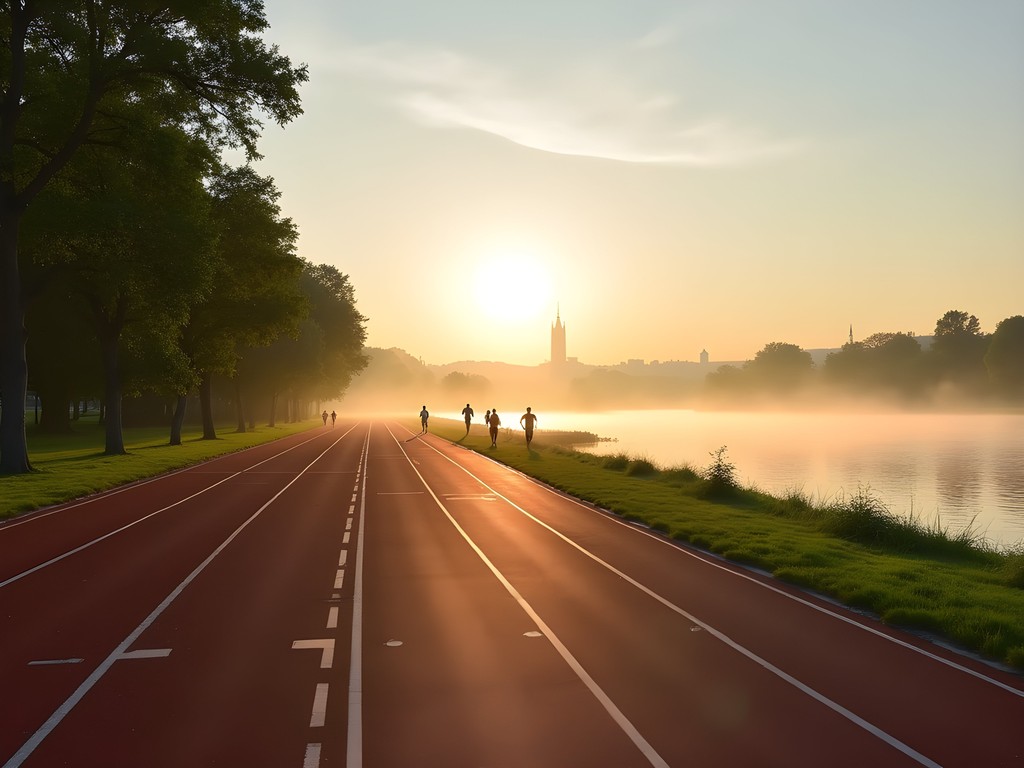
💡 Pro Tips
- The island has free water fountains every 500 meters along the running track—perfect for refilling bottles
- Rent a family-sized bike (bringo cart) to explore the island's 1.6 square kilometers if running isn't your thing
- Visit the Japanese Garden's koi pond for a moment of zen reflection before departing
Final Thoughts
As I crossed Chain Bridge on our final evening, retracing steps from Pest to Buda one last time, I realized Budapest had worked its way into my runner's heart through an unexpected parallel: both marathon running and historical exploration require the same patient rhythm—the willingness to keep moving forward while staying present in each moment. This city doesn't reveal itself to those rushing between tourist checkpoints. Like a vinyl record that surrenders its music only to those who take time to listen, Budapest rewards the unhurried traveler with layers of meaning beneath its surface beauty. Whether you're contemplating centuries of resilience from a thermal bath, discovering musical treasures in Jewish Quarter record shops, or running paths once walked by medieval monks, Budapest offers couples something increasingly rare in our digital age—authentic connection to both each other and the continuous human story written in stone, water, and memory along the Danube's patient flow.
✨ Key Takeaways
- Budget travel in Budapest doesn't mean sacrificing quality experiences—timing visits (early morning/late afternoon) often matters more than spending more
- The city's complex history is best understood through its everyday spaces—markets, record shops, and thermal baths—rather than just monuments
- Physical movement (whether running Margaret Island or climbing Buda's hills) connects you to Budapest's geography in ways static sightseeing cannot
📋 Practical Information
Best Time to Visit
April-May or September-October for mild weather and fewer crowds
Budget Estimate
$50-75 per person per day (excluding flights)
Recommended Duration
7 days minimum to experience both Buda and Pest without rushing
Difficulty Level
Easy To Moderate (Some Hills In Buda Require Reasonable Fitness)

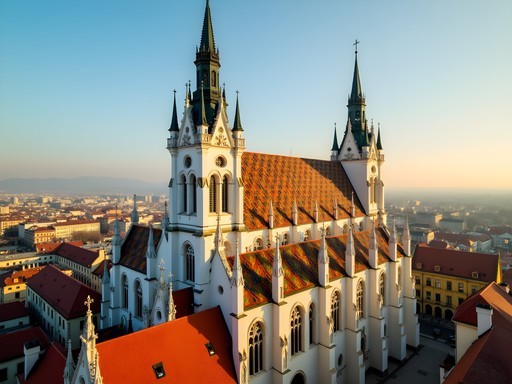










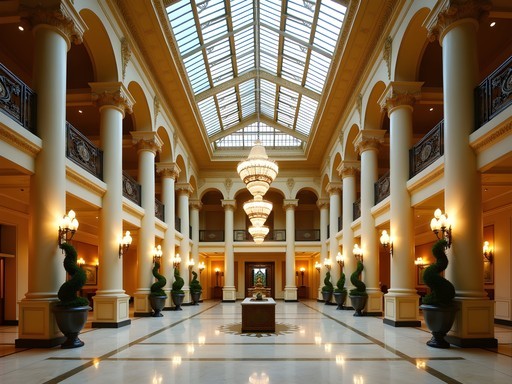

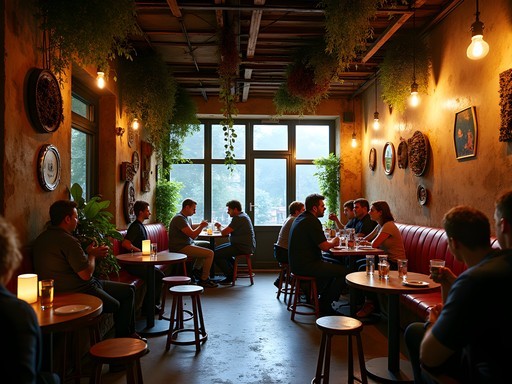
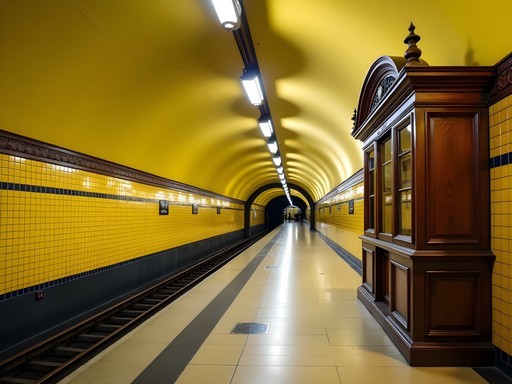
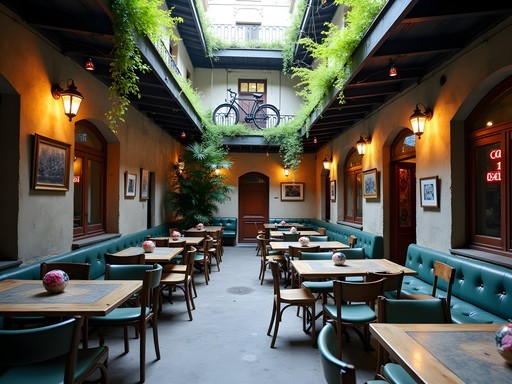
Comments
Taylor Moreau
Excellent guide, Mason. I particularly appreciate your approach to Budapest's complex history. For business travelers with limited time, I'd add that the public transportation system is remarkably efficient - the 72-hour travel card pays for itself quickly. One suggestion for history enthusiasts: the Hospital in the Rock museum beneath Buda Castle provides a sobering look at WWII and Cold War medical facilities. It's often overlooked but provides crucial context to the city's 20th century struggles. I always recommend visitors bring a good pair of walking shoes - I logged over 15km daily on my step counter during my last visit. Budapest rewards those willing to explore on foot.
Mason Sullivan
Thanks for the thoughtful additions, Taylor! I completely agree about the Hospital in the Rock - I actually visited but couldn't fit it into the final article due to length constraints. Fascinating and sobering place. And yes to comfortable shoes - Budapest's hills are no joke!
redexplorer
OMG I was just in Budapest last month and followed almost the exact same route! The vinyl shops in the Jewish Quarter were incredible - I spent way too much money at Laci Bácsi Lemezboltja. Did you find that hidden courtyard café behind the synagogue? Best langos ever!
Mason Sullivan
I did find that café! The courtyard with all the string lights, right? And yes, Laci Bácsi's collection is dangerous for the wallet - I came home with 5 records I definitely didn't have space for!
redexplorer
That's the one! I still dream about that langos. What records did you pick up?
oceanzone
Great post! Which thermal bath would you recommend most for someone with just one day in Budapest? I've heard Széchenyi is touristy but worth it?
Taylor Moreau
Not the author, but I've visited Budapest several times for business. Széchenyi is indeed touristy but magnificent - those yellow buildings are iconic. If you prefer something more local, try Lukács. It's where many Budapestians go and has a more authentic feel.
oceanzone
Thanks Taylor! Lukács sounds perfect actually. I always try to go where locals go when I travel.
Mason Sullivan
Sorry for the delayed response! I'd echo Taylor's recommendation. Széchenyi is stunning visually (especially for photos), but Lukács gives you a more authentic experience. If you can squeeze in both, do Széchenyi in the morning and Lukács late afternoon.
islandmaster
Just booked my tickets after reading this! Can't wait to try the langos you mentioned.
Frank Garcia
Mason, your historical approach to Budapest is exactly how I like to experience cities! I did a similar journey last year but missed those hidden monasteries you mentioned on Day 5. The communist legacy tour hit differently - those statues in Memento Park feel like they're from another universe. One tip for anyone following this itinerary: the House of Terror museum gets extremely crowded, so go first thing in the morning. I'd also recommend adding Vajdahunyad Castle if you have extra time - it's this bizarre architectural mashup that perfectly represents Hungary's complex history. Did you find the acoustics in the Parliament building as mind-blowing as I did?
Mason Sullivan
Frank - yes! The Parliament acoustics were incredible. And good call on Vajdahunyad Castle, I actually visited but had to cut it from the final post for length. Those monasteries were a local tip from our Airbnb host, definitely off the typical tourist path.
coffeebackpacker
The thermal baths look amazing! Did you have a favorite?
Mason Sullivan
Gellért was my personal favorite for the architecture, but Széchenyi had the best social atmosphere if that's what you're after!
wanderzone
Going to Budapest next month! How did you handle transportation between Buda and Pest? Is it walkable or should I rely on public transit?
Frank Garcia
Not the author but I was there last summer - definitely get the 7-day transit pass! The trams along the river are super convenient and scenic. Walking across the bridges is gorgeous but the city is pretty spread out for exploring everything on foot.
wanderzone
Thanks Frank! Will definitely grab that pass then. Any issues with using English on the transit system?
Frank Garcia
Not at all! Ticket machines have English options and most stops are announced in both Hungarian and English. I used Budapest travel guide which had great transit maps too.
Sarah Powell
Your day 3 exploration of the Jewish Quarter brought back so many memories! I spent nearly a week just in that neighborhood last year. Those hidden vinyl shops are absolute treasures - I found some rare Hungarian folk recordings at Musicland that I still cherish. Did you make it to the Kazinczy Street Synagogue? It's less visited than the Great Synagogue but architecturally fascinating. Also, the ruin bars have such complex historical layers - I appreciated how you connected them to the neighborhood's resilience rather than just focusing on the nightlife angle.
coolmate
Those Chain Bridge sunset shots are incredible! Did you use any special camera settings?
Mason Sullivan
Thanks! Just my phone camera in portrait mode with HDR on. The lighting that evening did all the work!
coolmate
Wow, impressive for a phone! Adding Chain Bridge at sunset to my must-photograph list.
sunsetrider
Great post! How much Hungarian did you need to know? Is English widely spoken there?
beachnomad
Not OP but when I visited last year, I got by fine with just English in tourist areas! Learning 'hello' (szia) and 'thank you' (köszönöm) goes a long way though!
Venture X
Premium card with 2X miles, $300 travel credit, Priority Pass